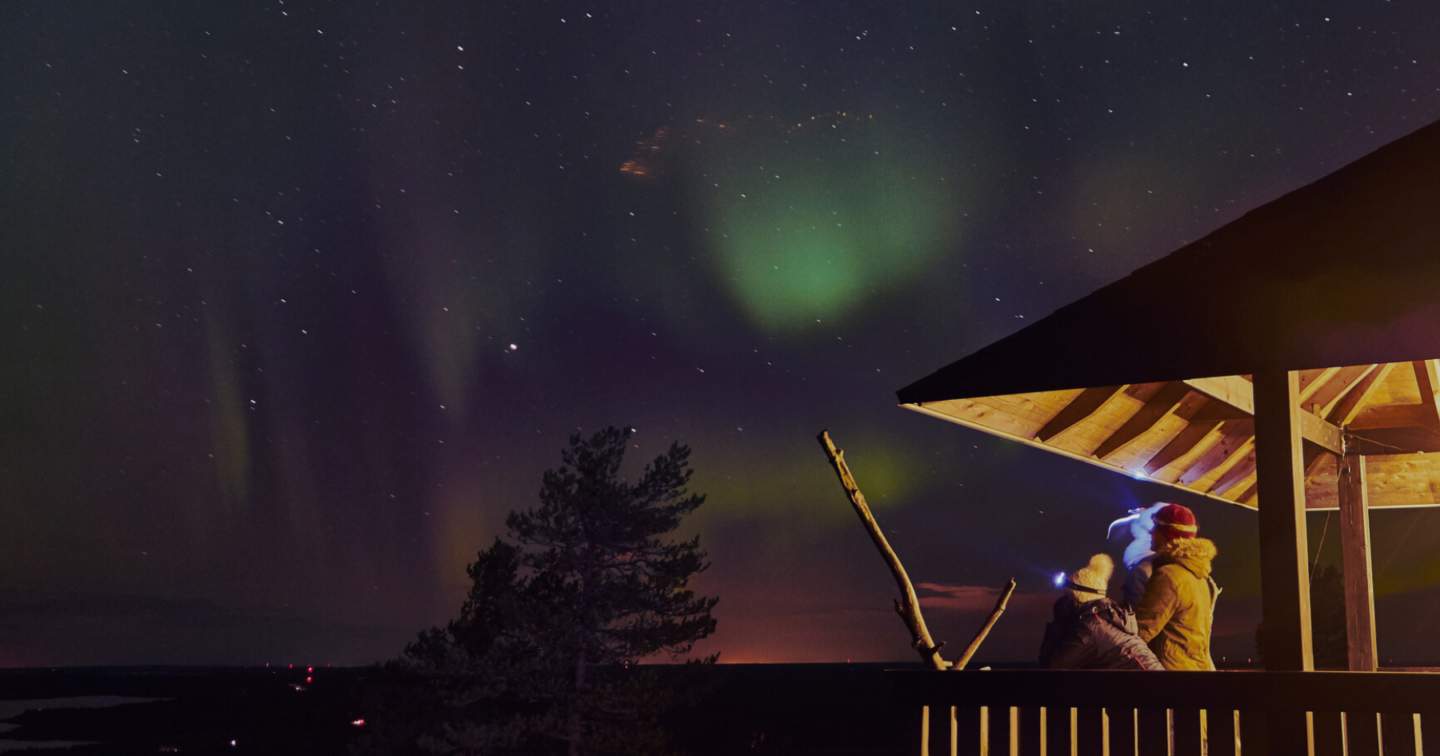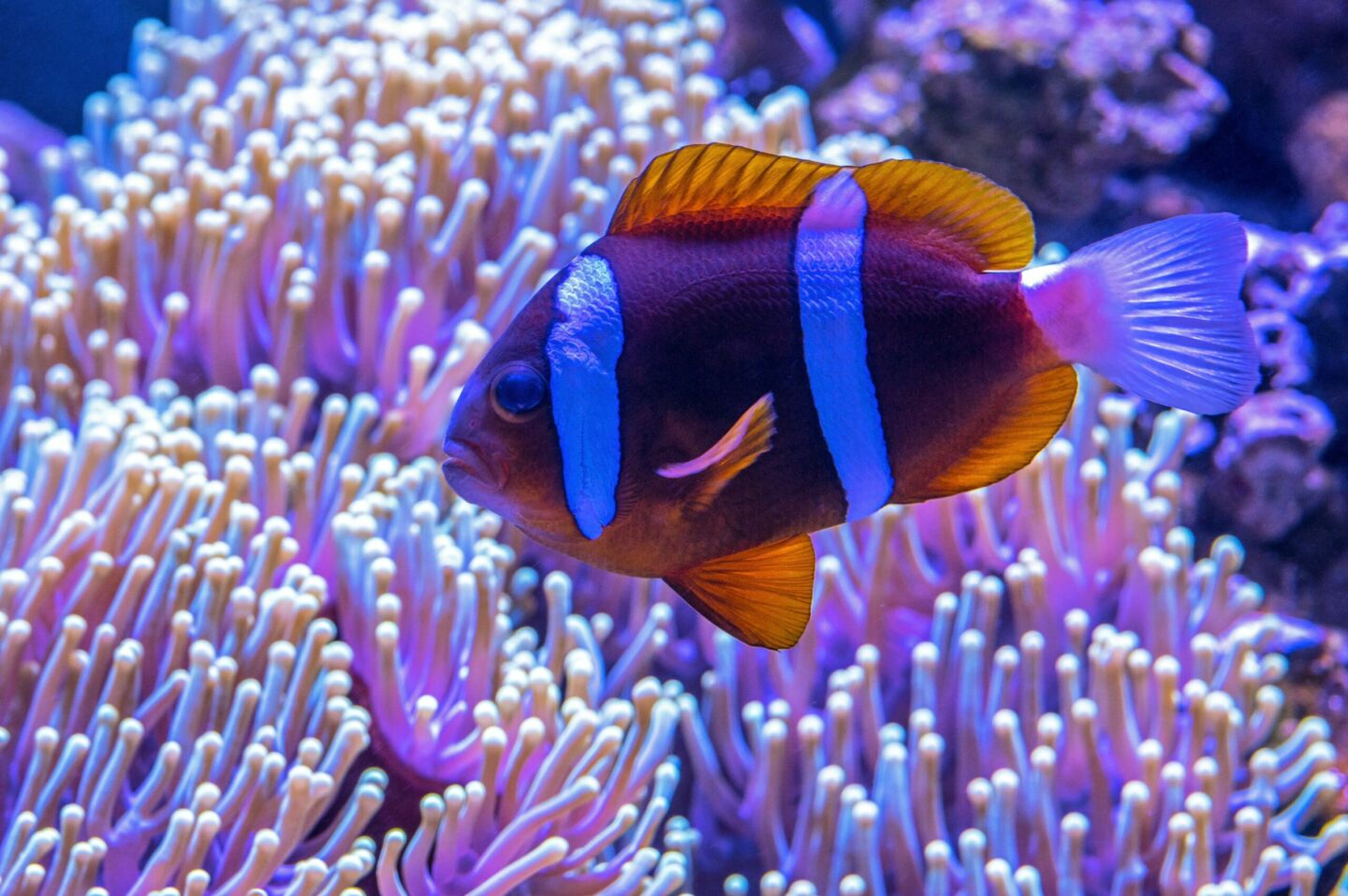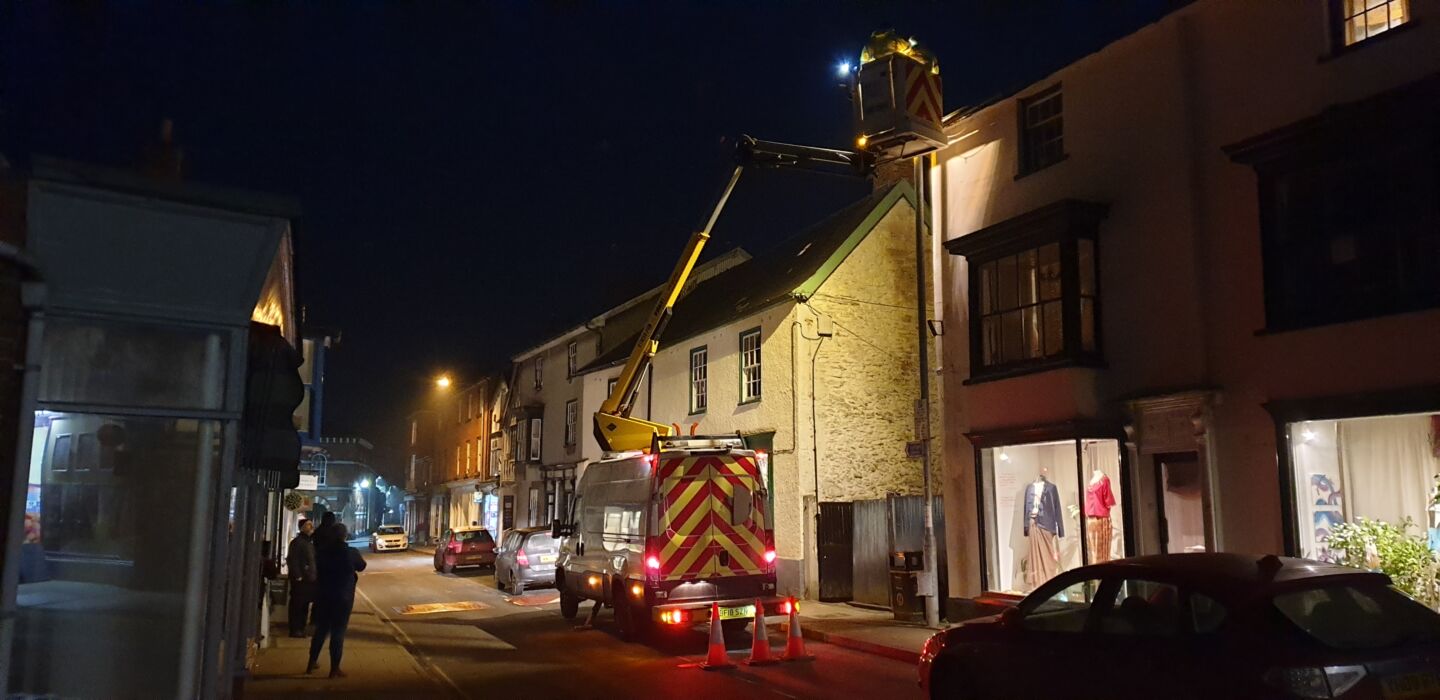
Pollinator Week 2021: Celebrating Nocturnal Pollinators
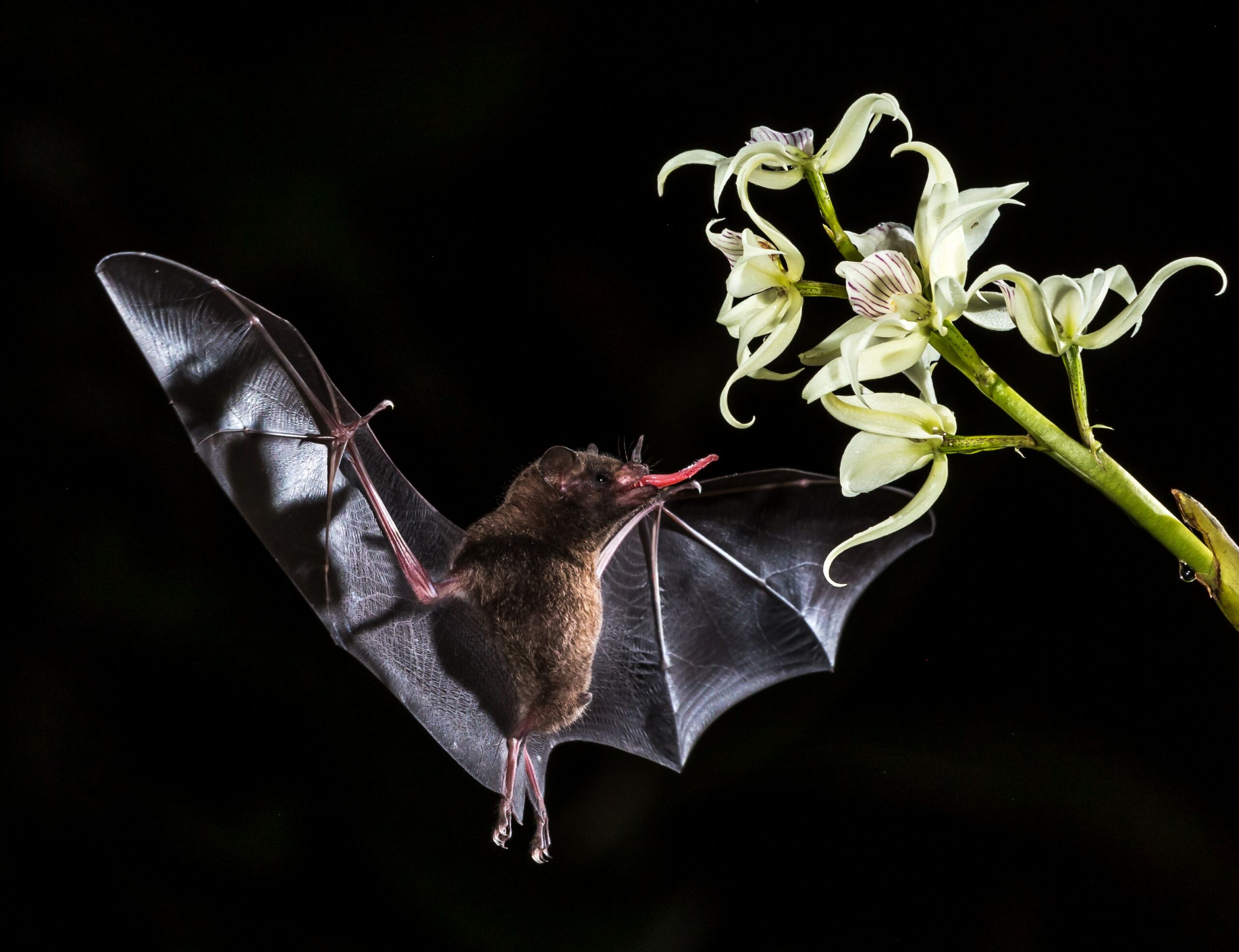
The busy bee. The fluttering butterfly. The thirsty, feisty hummingbird. These are the creatures we most commonly associate with pollination. And while their roles are central to this process, the concept of “out of sight, out of mind” rings true for lesser-known creatures of the night- nocturnal pollinators. In recognition of Pollinator Week 2021, we’d like to shine a proverbial light on a few unsung heroes that work under the cover of night to help plants along in the reproduction process.
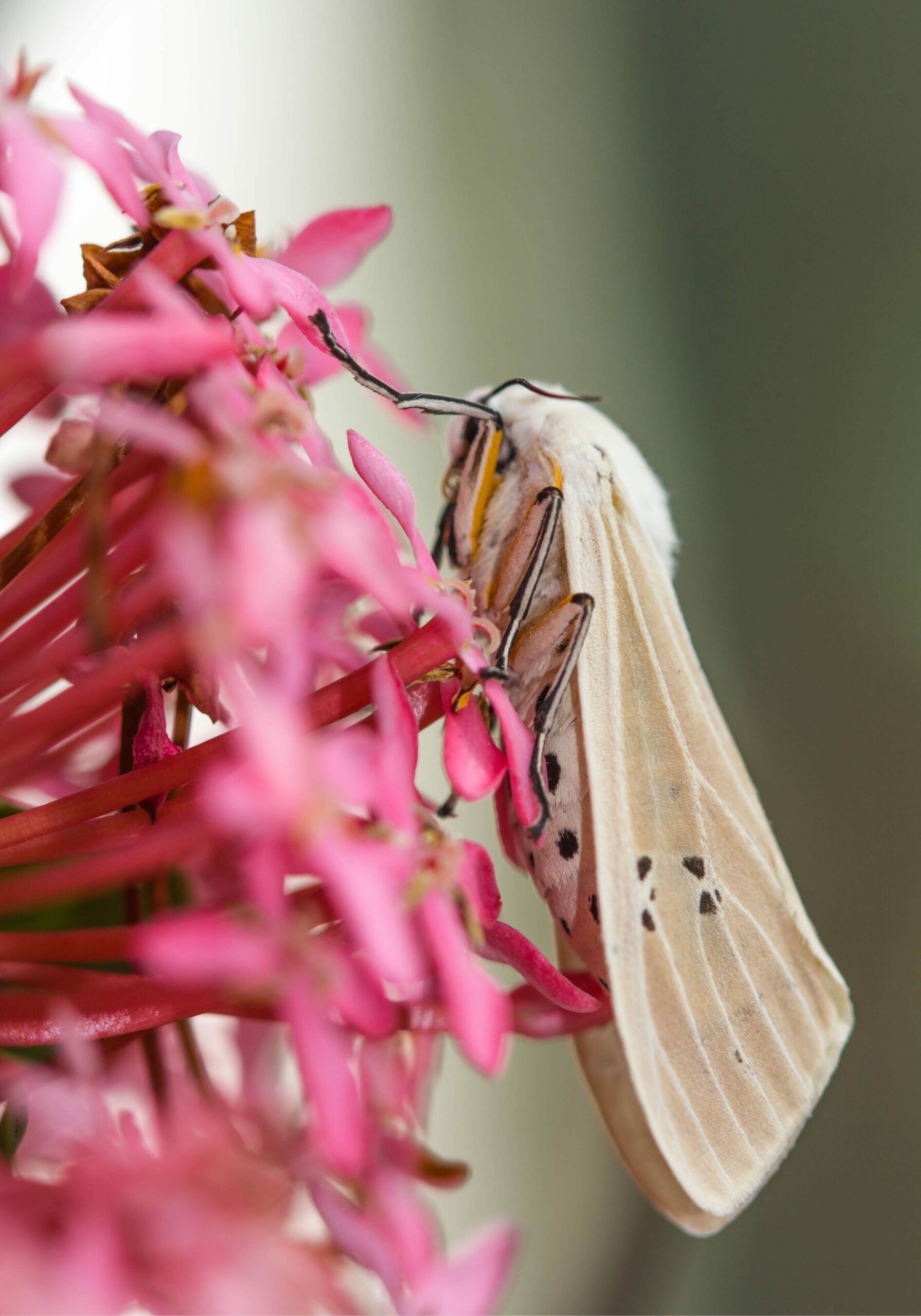
Bats, moths, even nocturnal bees and beetles cruise the night skies in search of a nectar feast. For some, the relationship between pollinator and plant is so specialized that it relies on just one single species to complete the cycle. Enter the yucca moth. The partnership between this non-descript little moth and the yucca plant is one of the most remarkable examples of interdependence in the natural world. In short, these soul mates (or partners in evolution) can’t live without each other.
Because pollinator research has historically focused on diurnal – or day-active – species, there is much to be discovered about the role of nocturnal pollinators. However, recent studies suggest that these night-shift workers play a crucial role in the health of habitats around the globe.
Light Pollution and Pollinators
What does this have to do with dark skies? You guessed it. Light pollution serves as the number one threat to nocturnal pollinators, including moths and bats. Artificial light disorients moths, with as much as a 62% reduction in visits to plants in areas with high rates of light pollution.
Bat Conservation Trust cites artificial light causing delayed roost emergence, with some bats even becoming entombed in the roost. Further, artificial light changes foraging activity and affects migratory and foraging routes. Desert and tropical habitats are particularly dependent on bats as pollinators, with over 300 fruiting plant species depending on their services!
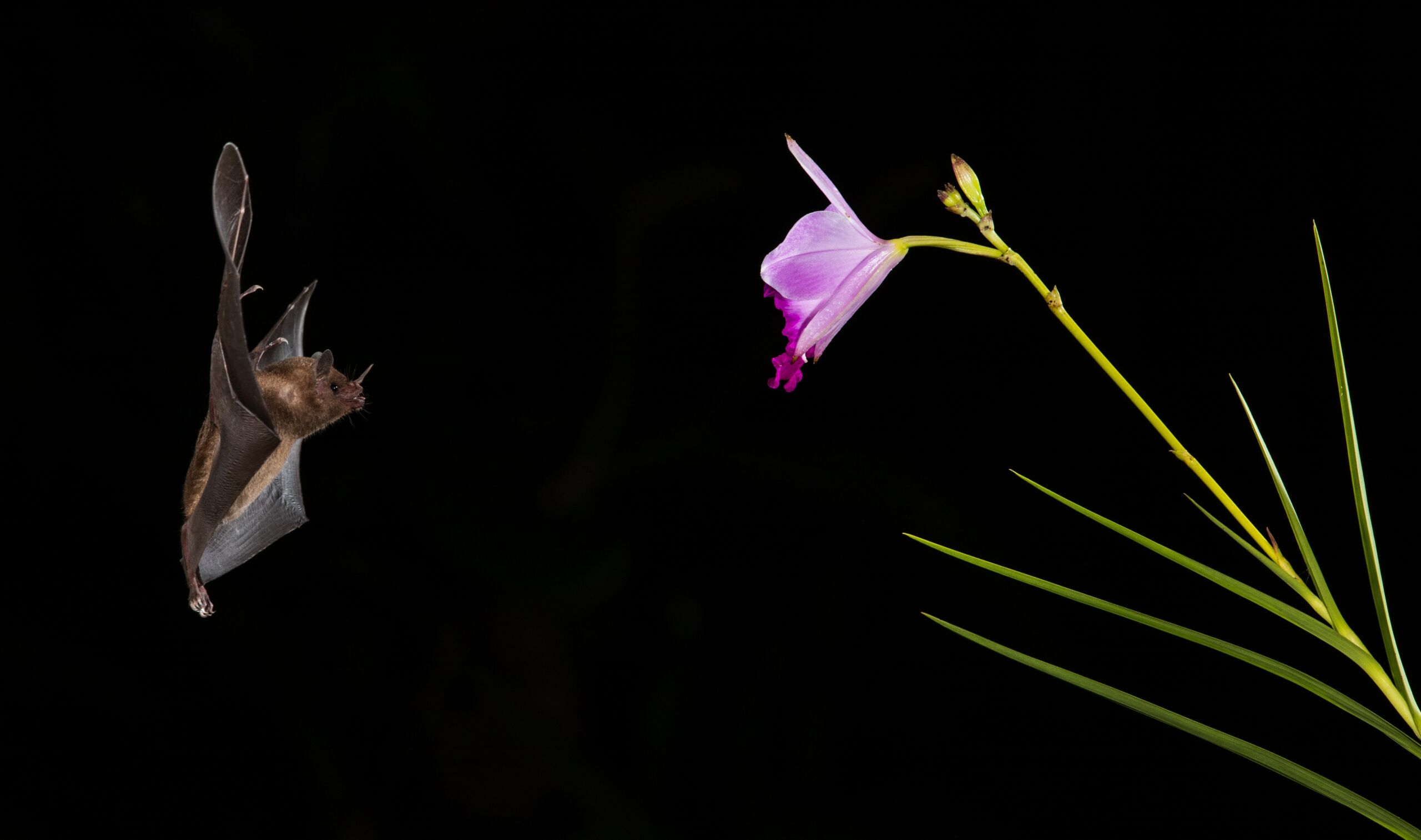
Preserving night skies allows wildlife to carry out their millennia-old tradition of perpetuating life through a delicious nectar nightcap without the rude interruption of glaring, disorienting light. We may not think of light pollution as an immediate threat to life, but our moth friends would beg to disagree.
Take Action
Even in an insect apocalypse, there is hope. Of all pollution sources, light pollution is the most immediately actionable and entirely reversible. Are you interested in fighting for pollinators and access to the night sky? Become a dark sky advocate, wherever you live, or support International Dark-Sky Association today. Urge your local community to adopt the Five Principles for Responsible Outdoor Lighting and turn off unnecessary lights at night! Your local nightshift pollinators will thank you.







